After a months-long game of ‘will they, won’t they,’ JetBlue has agreed to acquire Spirit Airlines for $3.8 billion.
Once thought to be a long shot, the move comes as a surprise. Not just because anyone was fighting over Spirit Airlines in the first place, but because Spirit had originally agreed to merge with fellow low-cost carrier Frontier to create “America’s most competitive ultra-low fare airline” back in February. In April, however, JetBlue swooped in with an offer of its own, creating a months-long bidding war.
So what does this mean for travelers?
At the moment, it’s tough to say whether the move is good, bad, or somewhere in between for travelers.
On one hand, JetBlue will become the nation’s 5th largest airline, giving it a chance to compete with the Big 4 airlines — American, Delta, United, and Southwest. Spirit’s planes, in addition to a new JetBlue paint job, will be retrofitted to be less cramped and uncomfortable, and will likely offer JetBlue’s staple amenities like free in-flight entertainment and WiFi. JetBlue says it will now sport a 458 aircraft fleet and will fly to more than 125 destinations in 30 countries.
Conversely, many fear that by eliminating one of the nation’s top low-cost carriers, airfare is likely to go up due to lack of competition. Some industry experts credit Spirit and Frontier’s rock bottom prices (despite the added fees) as the reason other airlines began offering “basic economy” class seats in the first place. Others contend that Frontier will likely grow to sell the budget-friendly seats left by Spirit.
The deal is expected to officially close in the first half of 2024, pending approval by antitrust regulators. Until then, Spirit and JetBlue will each continue running as independent carriers.

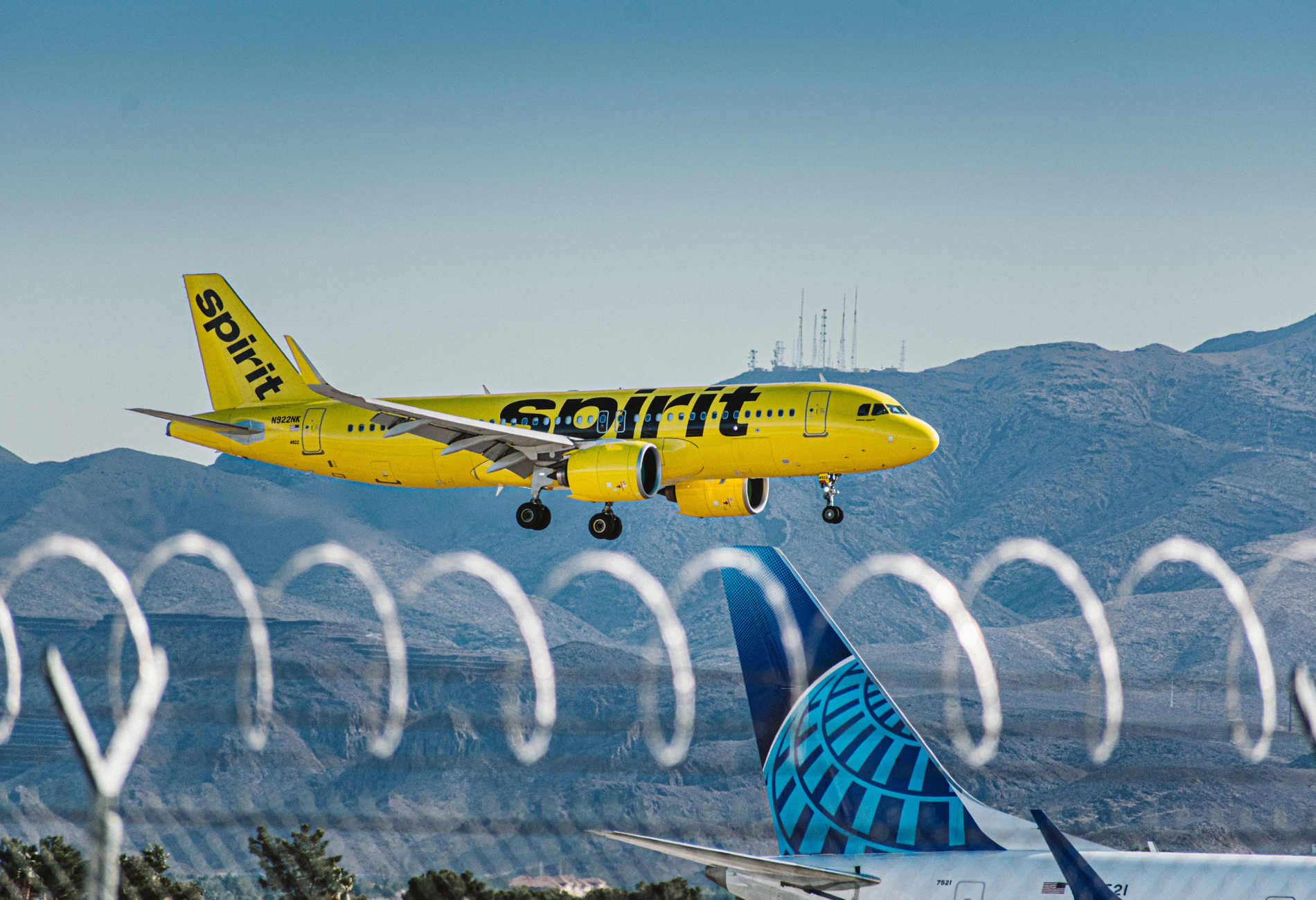
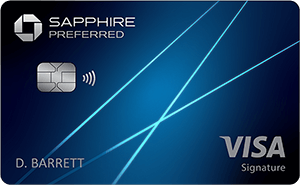
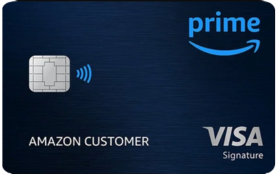

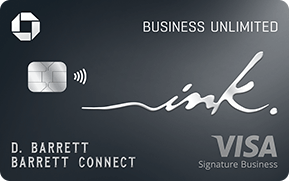


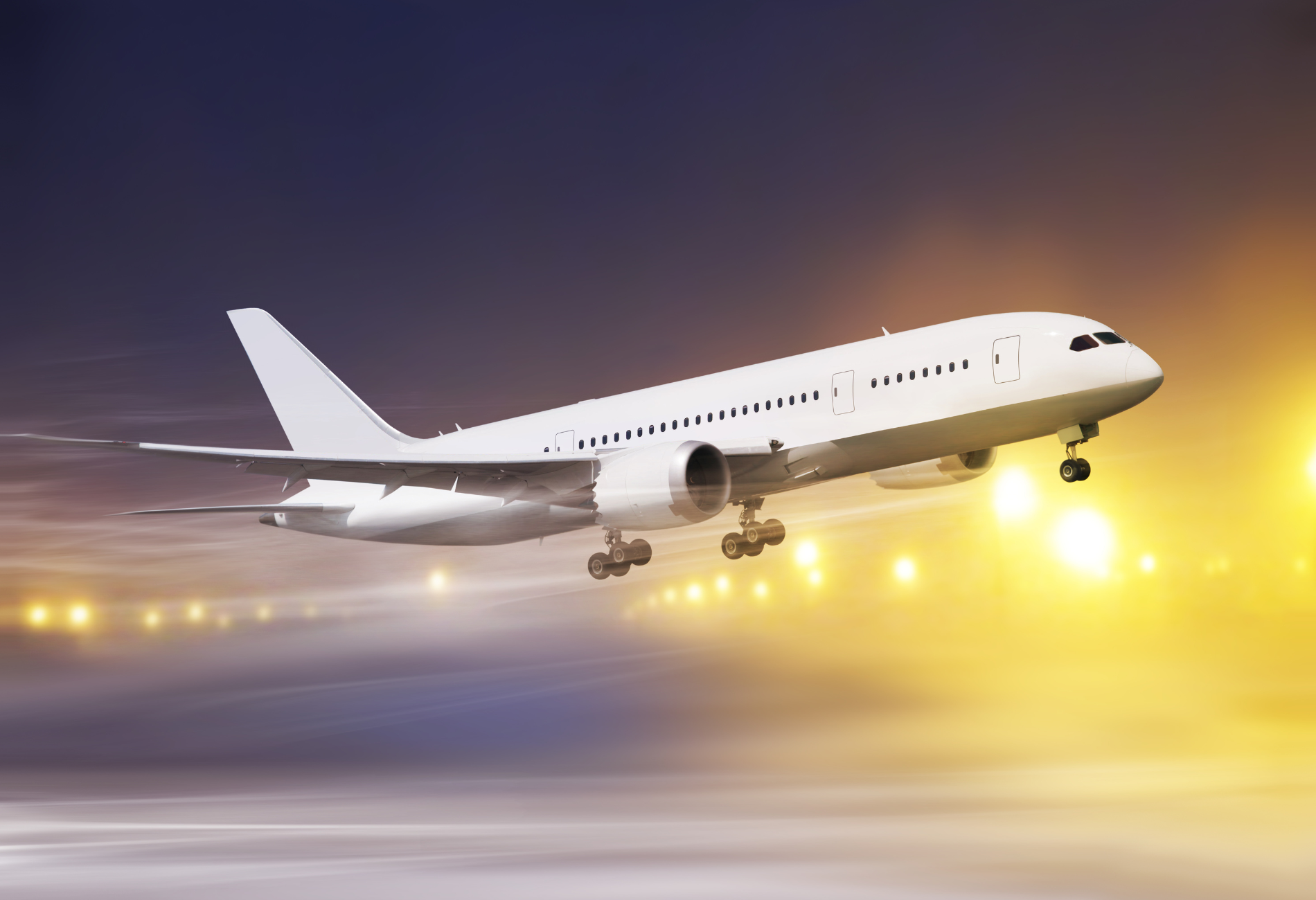
 by your friends at The Daily Navigator
by your friends at The Daily Navigator



